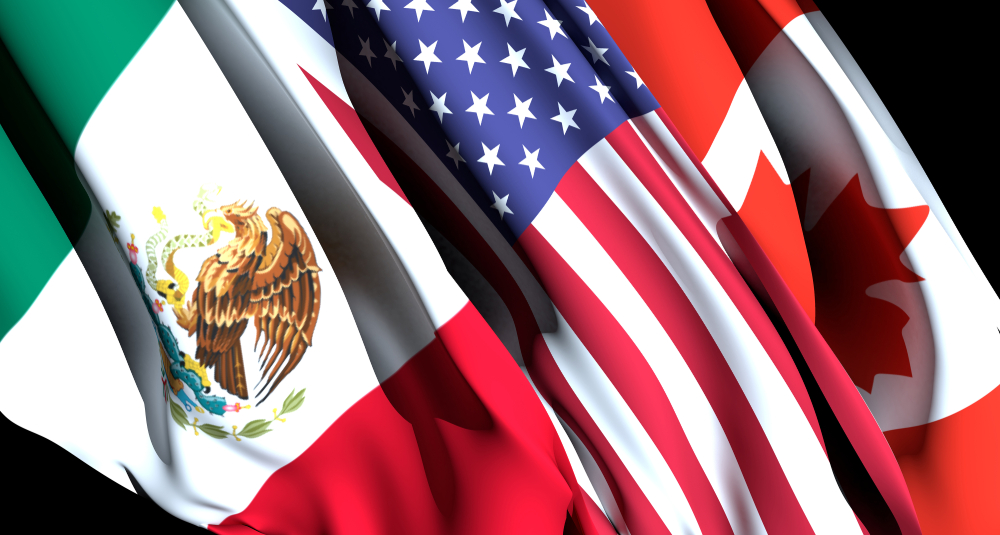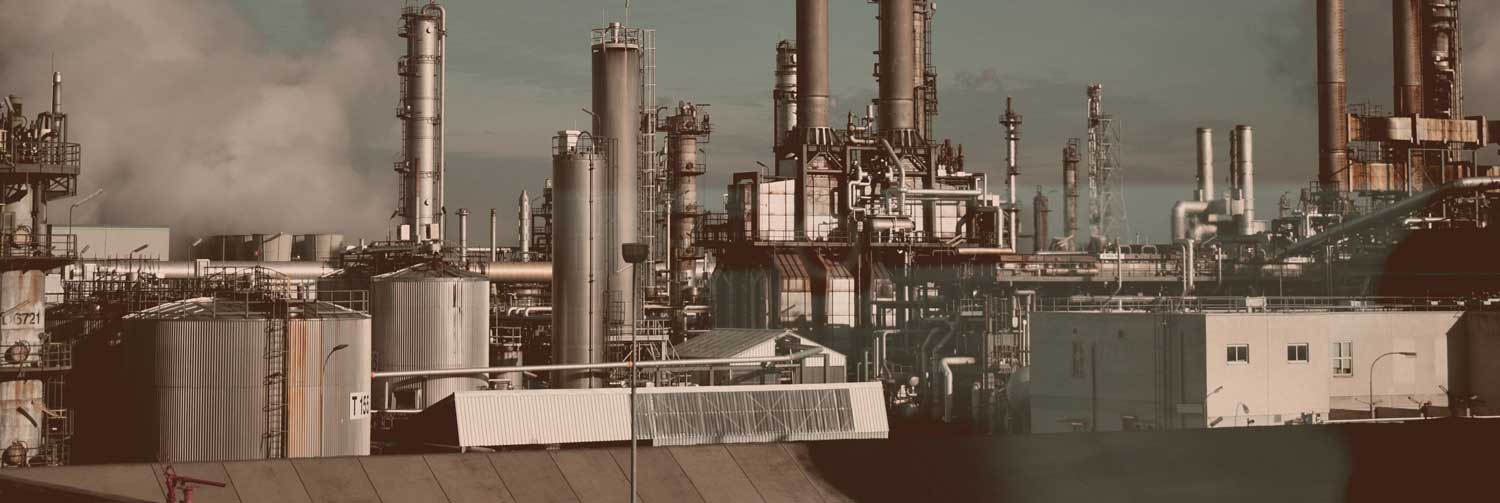At the 2012 NAFTA Commission Meeting Washington, D.C., April 3, 2012, the group’s leaders agreed that wide-ranging, sustainable economic growth and job creation remain high priority issues. Since its entry into force in 1994, the North American Free Trade Agreement (NAFTA) has subsidized amplified trade and investment between the three countries in order to boost regional economic competitiveness. Today, the NAFTA signatories agree on pursuing goals aimed at achieving increased trade and investment and reduced governmental costs. In other words, goals aimed at increasing North American global competitiveness.
Prior to the Washington, D.C. meeting, trade leaders from Canada, Mexico, and the United States met in February 2012 in San Antonio, Texas to plan a NAFTA business conference next for November 15-16. The summit will commemorate the 20-year birthday of the free trade agreement. San Antonio is the city in which United States President George H.W. Bush, Canadian Prime Minister Brian Mulroney, and Mexican President Carlos Salinas symbolically signed NAFTA on December 17, 1992.
Nelson Wolff, former Mayor of San Antonio,and present County Judge, has been held up as an example of what NAFTA is all about. February of 1992 was when Wolff first approached President Salinas to ask him to join the leaders of the U.S. and Canada to come to San Antonio to sign the NAFTA. The agreement has been considered a catalyst for change for San Antonio, propelling it into the forefront of North American commercial relations. At the time, San Antonio was known as the most pro-NAFTA city in America. Wolff eventually credited NAFTA for bringing thousands of jobs to there.
At the beginning there were concerns in all three countries related to forfeiture of culture and sovereignty. Potential job loss was also on the minds of many. According to Canadian Consul General Paula Caldwell St-Onge, these concerns, to a large degree, proved to be overblown. From the Canadian perspective, the NAFTA has been mostly an economic plus. Canada increased its trade with Mexico over 500% since the preliminary signing of NAFTA and noted that even in the aftermath of the global financial crisis; its unemployment rate is 4% lower than it was during its peak preceding the signing of the NAFTA. Recently, Canadian Consul General Paula Caldwell St-Onge hinted that alterations may soon be made to the to NAFTA. She referred to a “NAFTA 2.0.”

NAFTA 2.0?
Improving trade corridors that connect North America’s three economies is an important future priority for the continent’s trade officials. The effort to construct a NAFTA superhighway system to facilitate the entry of commodities exchanged between the three North American countries has come with an extreme expense to the U.S. taxpayers and a very tangible loss of autonomy over public infrastructure, predominantly within public-private partnerships.
Four major trade passageways, initially labeled the Trans Texas Corridor, will extend through Texas and ultimately reach up into Canada: La Entrada al Pacifico, Ports to Plains, I-235, and I-69. Canamex will stretch from the border of Mexico through Arizona up into Montana, linking to Canada.
The Mexican Customs Service has already established an office at the Kansas City SmartPort, which is considered sovereign Mexican territory. The Kansas City SmartPort claims it will speed up the transportation of goods from the port called Lazaro Cardenas (Mexico) up into the inland United States without any significant scrutiny, ultimately without leaving the Mexican trucks that transported them into the U.S.
TPP and NAFTA 2.0
Since Canada and Mexico have joined the U.S. in the Trans Pacific Partnership (TPP) negotiations, such a deal would exceed NAFTA in magnitude and range. The U.S.-led talks, which have been criticized by some for their secretive nature, could also be used to modernize characteristics of existing trade settlements between member nations. This opens the doors for an unofficial renegotiation of NAFTA. An effective TPP would permit NAFTA to be re-opened. Mexico has guaranteed the U.S. that it is willing to determine a high-standard agreement that will embrace concerns that were not included in NAFTA.
Subscribe
Sign up and stay informed with tips, updates, and best practices for manufacturing in Mexico.





